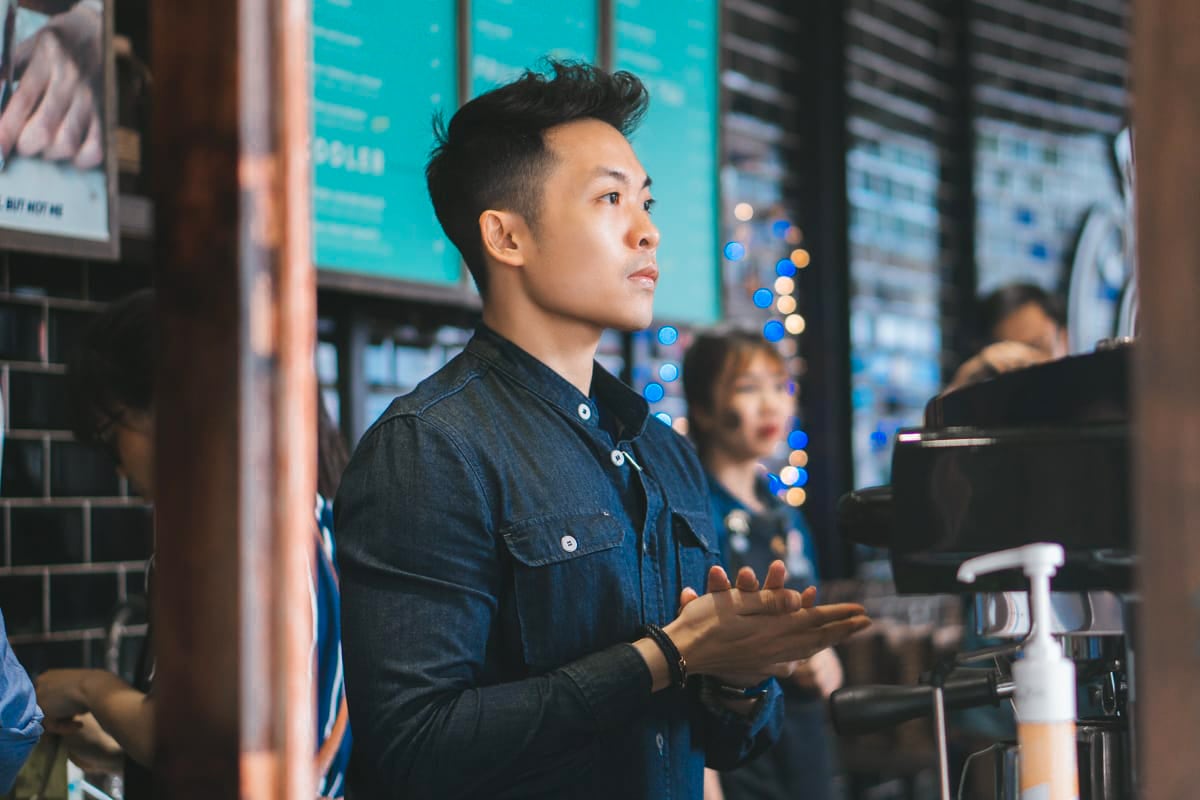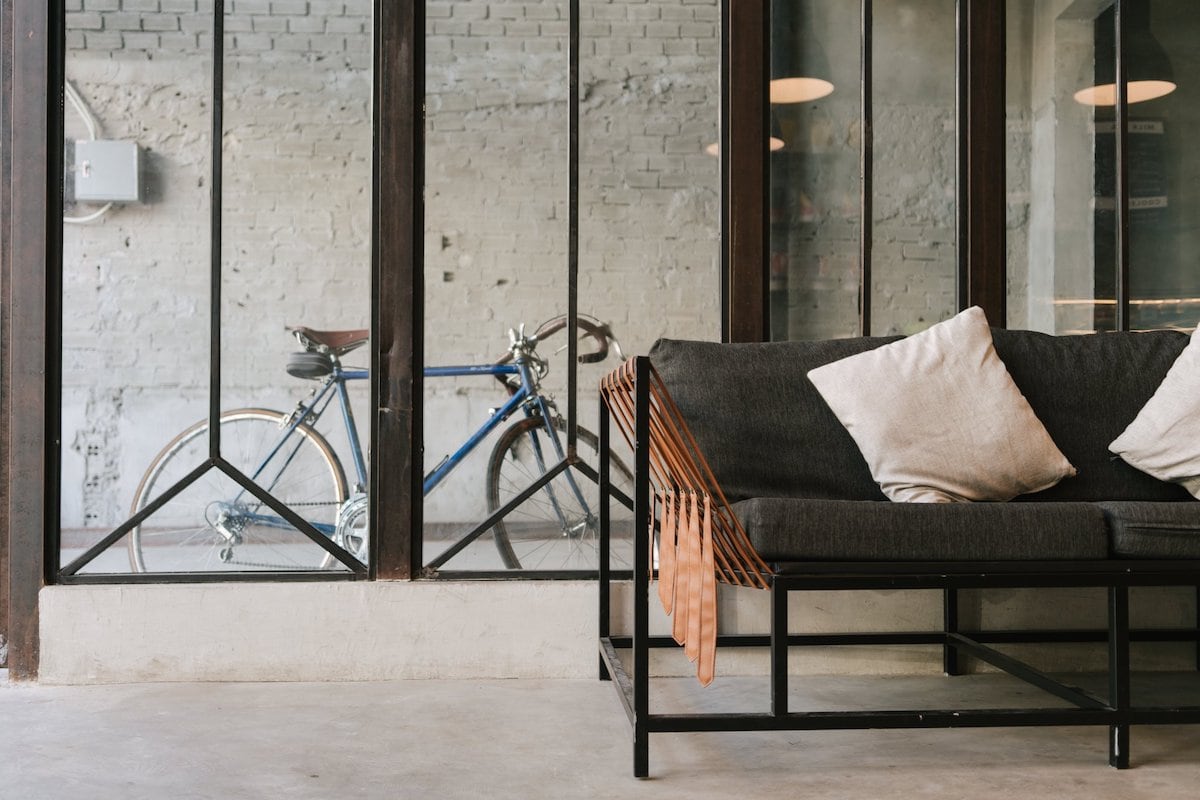
Vietnam’s coffee market is fragmented. There are street vendors offering the classic Vietnamese cafe sua da for as low as 10,000 VND to specialty coffee shops offering pour overs and blends for as much as 90,000 if not more.
Catering to the middle segment of this bunch are brands such as Cheese Coffee. Focused on delivering a first class experience to all customers, Cheese Coffee exploded onto the Vietnamese millennial drinks scene just two years ago and now is the brand behind seven locations in Ho Chi Minh City. We had the chance to meet John Trung Nguyen, CEO of Cheese Coffee, to learn more about his experience building the brand and where he hopes to steer it next.

Tell us how you got started in the food and beverage industry.
My first venture after studying started with Baskin Robbins, an American ice cream shop franchise. That venture took place over the first five years. From there, I worked in the marketing team for Topcake, one of the largest confectionery manufacturing companies in Vietnam, with a brief stint in the fast moving consumer goods industry.
It wasn’t until I took a one year sabbatical from work, that I came up with the idea for the Cheese Coffee concept. It was something that I felt familiar with, coming from the commodities industry and already having a sense and understanding for consumer tastes.
Where did Cheese Coffee begin?
It was the right time for me to be accountable for something that was my own. I had a lot of ideas, some needed to be scaled down and other scaled up.
My first idea with some legs was to work on a beverage-related project, like coffee or tea. It wasn’t because I was a coffee guy or barista, in fact I’m still learning a lot about coffee. It was motivated more by my own habits as a consumer, drinking coffee every day. For many, coffee is just a cup. At Cheese Coffee, we wanted to focus more on the story and how a cup of coffee can start the conversation and facilitate stories. A cup of coffee can be reading time for someone or freelance time for another. It’s all about conversations and stories. It took about six months nurturing our idea before we found our first location.

What’s the story of Cheese Coffee’s brand identity?
We never change the logo. But we’re always flexible enough to change the details. We like to be able to “break” what is considered standard branding identity for other brands.
Because we only have seven locations, we’re using this opportunity now to be able to introduce and test new experiences at the brand identity level.
I’m not sure if it’s the correct term, but our branding team likes to use the phrase ‘anti-branding.’ It’s a strategy that works for us. For us, it means not building and then following a strict branding standard. Anti-branding means that you don’t allow yourself to set a standard and then stop there.
When you observe the branding identity details of each of the seven Cheese Coffee locations, you’ll notice that the feeling in each store is not the same. But the menu is sure to be the same as that will always guarantee consistency for the brand. Customers want consistent product, though the experience can be different, as long as it’s a positive experience each time. Each shop offers something new.
What some key factors to consider when creating the Cheese Coffee brand experience?
The first is the menu. Across all of our locations, the menu is the same. The second is the staff. In terms of training, I don’t spend anymore time with one store than another. All seven must be at the same level. The third factor is material choice. Each store should share a similar aesthetic, the industrial style. Materials such as concrete, brick and iron are the three materials that every store must have. The design can be different, but material selection is always the same. And the fourth factor we focus on is how to offer a personalized experience. We always seek to engage every customer on social media. We’re constantly thinking about how to reply to consumers and how to react to user-generated content.

Can you guide us through the process of building a new coffee shop?
In terms of long term brand appeal, I don’t believe design can be a unique selling point. Our focal point is experience, so customers can enjoy their time with us. The space is just the physical evidence. Our style is well recognized as an industrial style, you can find District Eight pieces in most of our shops for instance. But if I can put together the industrial style here at Cheese Coffee, chances are someone else can do it even better. So to sum up, I would say our unique selling point is about the product and experience. Design only helps to achieve those points.
When developing any new store opening, I’m involved in nearly all stages of the process. Many people ask why Cheese Coffee has not opened stores in District 1, Hanoi, or Da Nang. Right now, it’s not the right time or a potentially good financial return. Right now, it takes us around three months from start to finish to open a new store.
For each new store, right now we try to work with a new agency and new architect. While I’ve enjoyed working with our past contractors, we try to learn with each new store and seek out new partners. We also have a number of self-designed and built shops. In all stores, however, the main constant is our furniture choice with our partners District Eight.

As a local brand, how do you feel about the influx of global brands into Vietnam?
It’s good news for all my fans, even myself as a local business owner. When there is competition, we see more professionalism, effort, and learning in the market. A market with more talent will only go to motivate itself more. These challenges will pass not only from the business owners, but also to the team members who will feel that they need to improve themselves to continue being the bridge between brands and consumers.
What are some of the challenges of managing such a large operation?
The number one challenge is the human factor. Settings new procedures, standards, and programs. Then training our staff to align with those efforts. We aim to boost the culture of openness, positive confidence, and critical thinking. For every problem, we try to get the team to collaborate together and bring out the best of everyone. On the marketing side, we want to understand consumer needs and behaviors. We try to look at global trends and ways to translate those trends into a local product. For example, we recently visited Shanghai, where cheese tea trend is taking off. Operationally, we initially had plans to open only one coffee shop. Now, we’re at seven. With that growth, we’re looking at potential partners and investors to bring knowledge and talent who have a shared vision of making people happy. We’d love to work with them and meet them.

What other projects are you involved in?
Our board of directors plans to open seven more locations in 2019. Compared to other brands with the same scale it’s a modest goal but it’s one that our team can manage without growing too quickly.
Related Content:
[Article] From Fermenter To Taproom: Beervana On Borderless Craft Beer
[Article] Baozi Founder Chris Huynh Brings Taiwan-Inspired Cuisine To Saigon
